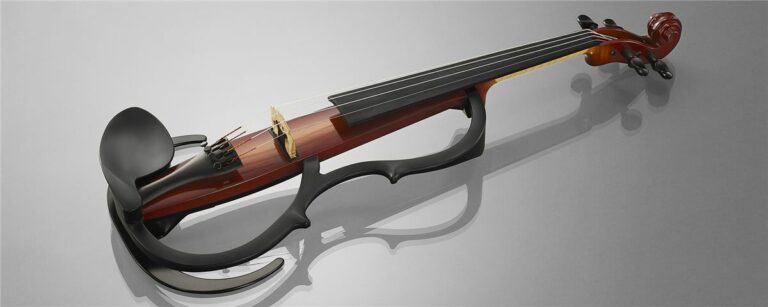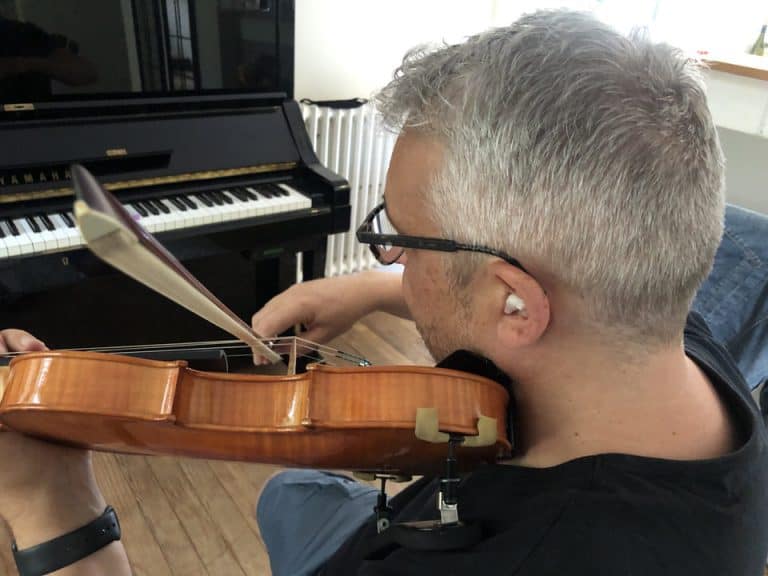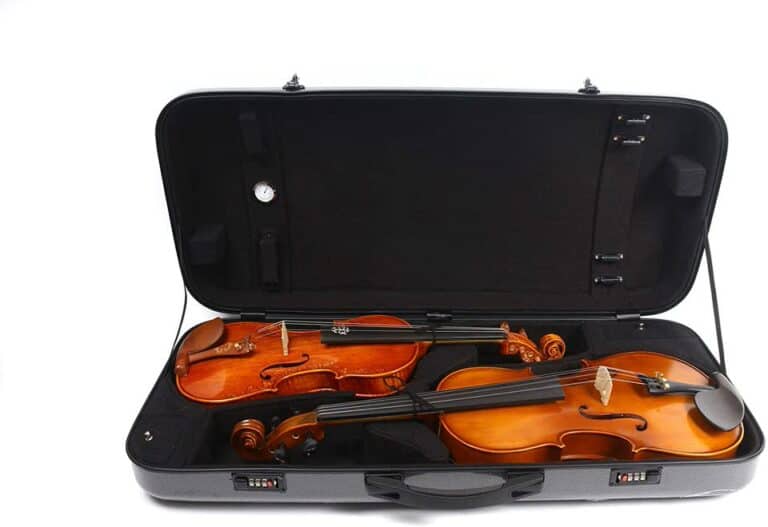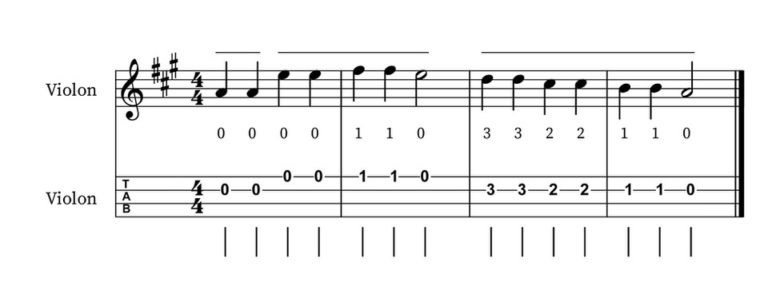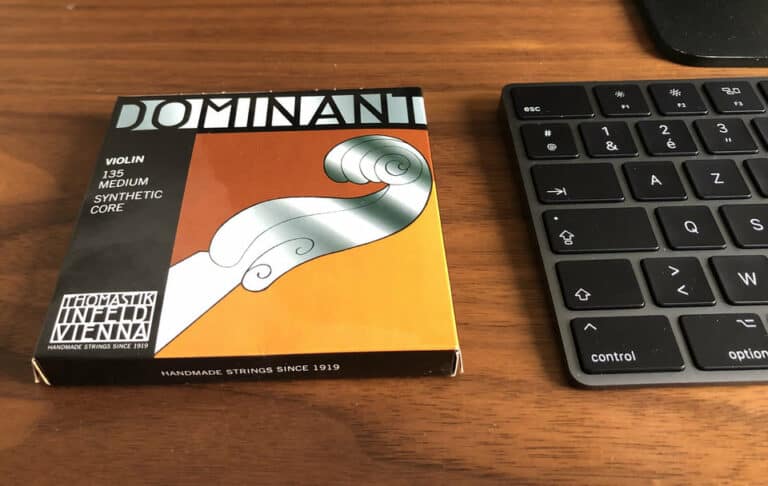Are Violin Bows Vegan? They Have Come a Long Way
Violin bows have gone through a lot of changes over the years. From their humble beginnings of something more akin to a hunting bow to the industry standard we all know and love, bows have gone through a lot of stages to get to the open market we have today. Don’t you think that standard is for you? Fortunately, though traditional violin bows are not vegan, you can certainly get one that is.
Bows used to be made out of non-vegan organic materials: horsehair, mother pearl, ivory, tortoiseshell, bone. With the advances in engineering and craftsmanship, string instrument bows are today made of wood, carbon fiber, metal, synthetic hair, and plastic, making them a good candidate for vegan concerned players.
What old violin bows were made of
Read our article where we detailed what bows are made out of, that will give you an insight on the challenges bow makers had to overcome to make bows for the modern era and mass production.
Back when they first began making violin bows, they didn’t have quite the same set of materials to work with. Organic materials were the go-to option at the time since our modern, convenient synthetic materials weren’t around yet. There also wasn’t such an urgent press to preserve endangered animals that produced such organic materials, unlike today.
The stick was generally made out of wood, particularly Pernambuco. This wood is still a common choice today among classical musicians, but even with ongoing replanting efforts, it’s grown rather scarce. As a result, other materials have been rising in popularity.
The hair of the bow is made of horsehair, traditionally from Mongolia. The extensive use of this supply has lead to a decline in quality. Chemical treatments have further weakened this historic and natural resource. But bows are in their vast majority made out of genuine horsehair today, as it is still unsurpassed in quality, even today. But there are new alternatives with synthetic hair: see below.
As for the frog of the bow, other than the main wooden piece, its materials ranged from quite a few different rarities: tortoiseshell, ivory, leather, metal, mother of pearl, even whalebone was commonplace. Needless to say, most of these materials are not sustainable, and some of them are protected nowadays.
Rosin was about the only component completely worry-free in this regard, as it was made out of pine sap, just as it is today. There’s been further experimentation and development of different types of rosin, but it’s generally fancy tree sap at the end of the day.
What new violin bows are made of
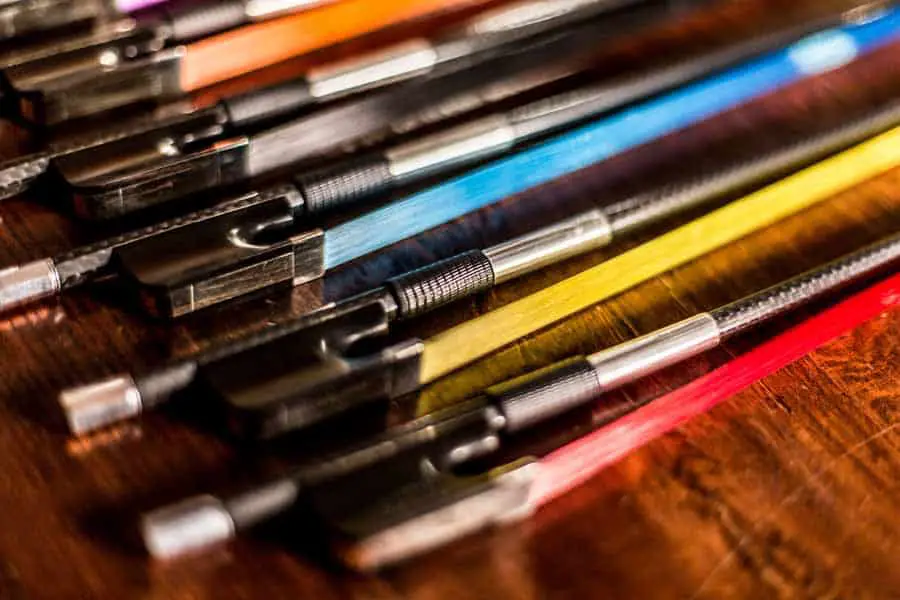
In light of preservation and environmental concerns, a number of alternatives have arisen over the centuries.
These days, the wood with which bows are made is not limited to just Pernambuco. All sorts of different woods are in use, and for that matter, non-wood materials such as carbon fiber and fiberglass have become rather popular as well. The wood is finished with natural oils for the sake of protection and aesthetics.
The frog continues to be made of valuable hardwoods such as ebony and rosewood. The long-term viability of these woods has come into question in recent years as well, and especially on cheaper bows, you may find a synthetic material in its place instead.
While mother of pearl isn’t completely off the table these days, it’s not as common as it once was. Tortoiseshell and ivory, on the other hand, are pretty much out of the question for modern bow mass production. Fortunately, for the vegan-minded player, you can completely bypass these materials altogether and opt for plastic or metal instead.
The case for synthetic bow hair
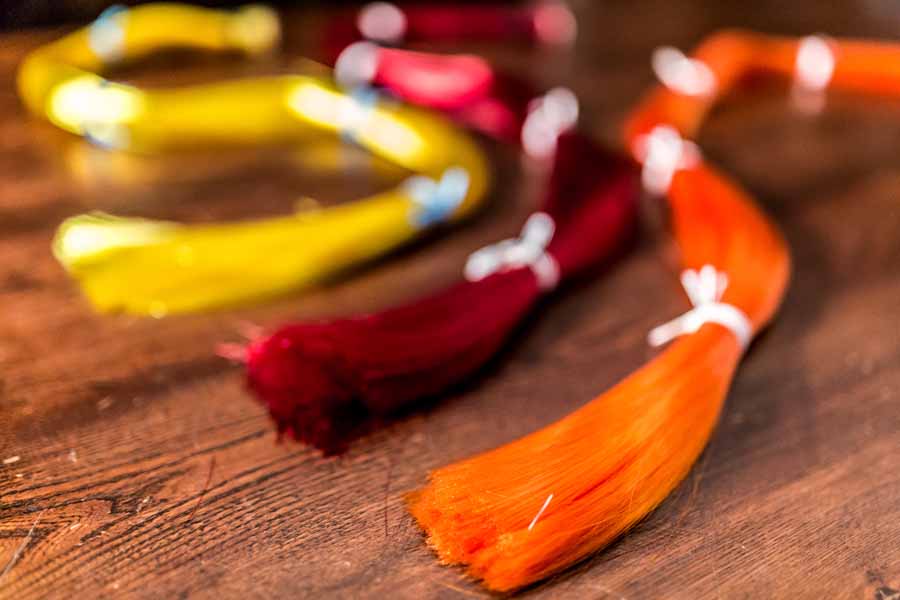
The way a string instrument bow makes a sound is simple: the hair of the bow has micro-scales on it. Those asperities retain rosin and help to grab the string, sticking to it the releasing it. This process is a milli-second one and can be compared in thousands of small picks plucking the string at any given time. This process is called the Helmholtz-motion, and I have described it in that post..
So, how dependent on traditional bow hair is the violin tone production process?
For a long time, it has been commonly believed that natural horsehair with micro scales and rosin was the only way to go. But meanwhile, research hadn’t stood still. This is where things get interesting. Synthetic bow hair is a relatively recent development, and it makes some very bold claims that you’ll have to play to believe.
This is where, for example, Coruss bow hair comes into play (source). This synthetic hair gives a full and focused tone. It has the advantage of being easy to travel with. It doesn’t absorb humidity and usually lasts longer than traditional horsehair.
So synthetic bow hair has an advantage with better strength and durability. It isn’t affected by changes in humidity: whether the atmosphere is damp or dry, your bow will play consistently. And if your stick is made of carbon fiber, maybe a perfect match for synthetic bow hair, it won’t be affected by changes in atmospheric humidity either.
It is so durable that you will be able to play for several years without having to re-hair your bow. Keep in mind that re-hairing a bow with synthetic hair is somehow a different process than natural hair: leave that to your bow maker.
Synthetic bow hair has to be used in conjunction with specifically made rosin. In our example, Coruss makes its rosin out of ethical and environmentally sustainable products. The result is eco-friendly and certified organic. Even if traditional rosin is by definition vegan, it is always better to know that a product is even more than that: sustainable and organic. Synthetic hair rosin is designed to have the perfect grip for that purpose. I haven’t tried regular rosin on traditional horsehair bow, though.
Not only is it vegan, but depending on who you ask, it claims to outperform traditional horsehair bows in several areas. It’s said to last longer on account of its resistance to atmospheric changes, and some even say it not only sounds as good as horsehair but that they _prefer _the synthetic hair sound. Whether or not these claims hold up is arguably subjective, so if you have the opportunity to try one out, go for it and decide for yourself.
Is it possible to buy a vegan bow?
Absolutely! Thanks to relatively modern developments, there’s a vegan-friendly option for every component of the bow: carbon fiber, ebony, steel, plastic, synthetic bow hair, and organic rosin are all widely available on the market with no animals involved whatsoever. Just clarify in advance that the bow you’re looking at is, in fact, vegan, and you should be set.
Even rosin can be made in an organic way which is always a preferred route for vegan concerns. Keep in mind, though, that if you opt for the vegan synthetic bow hair, you should always use its corresponding specially made rosin.
Overall, getting a vegan bow for your violin, cello, or viola is certainly viable in today’s market. Some are marketed specifically as such, and if you need any detail specially tuned for you, there’s bound to be a craftsman out there who’d be happy to sort out the details for you. If you’re after a vegan violin bow, try one out, and see for yourself how well they stack up to the traditional alternative.

